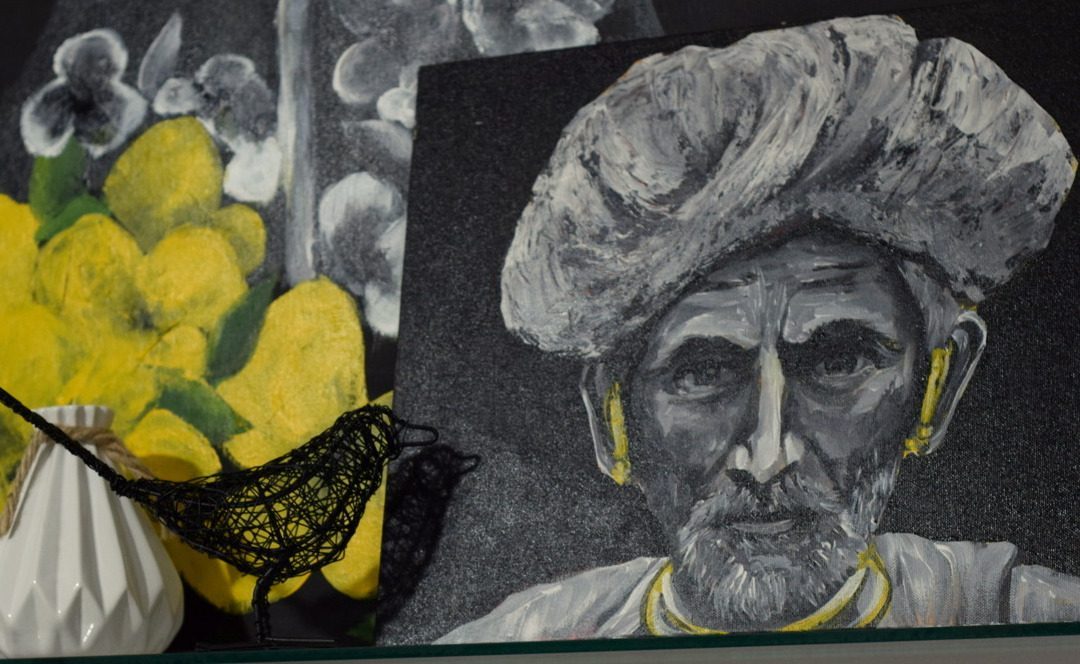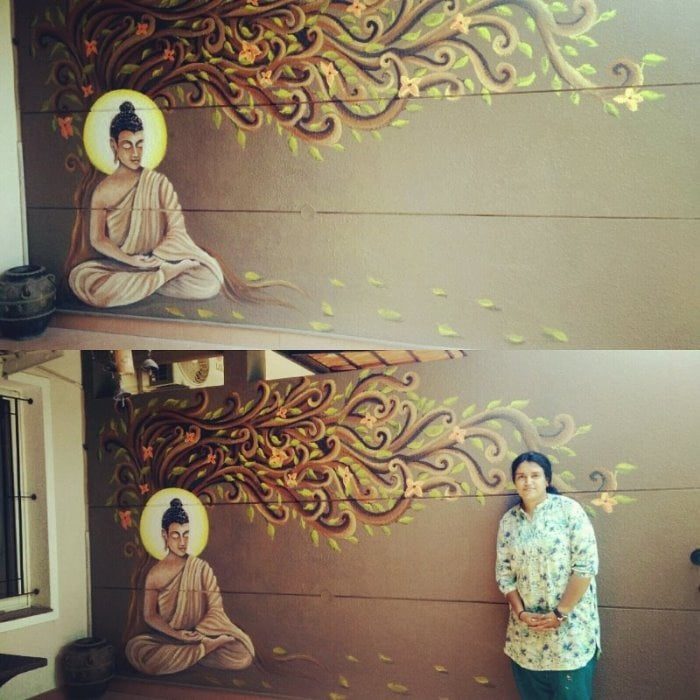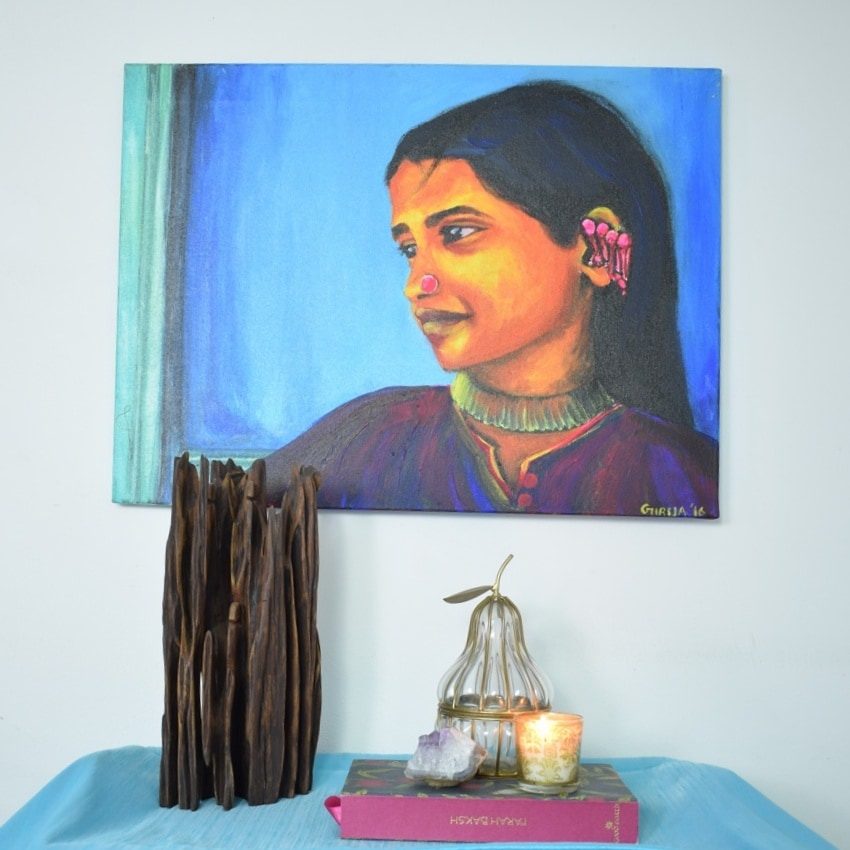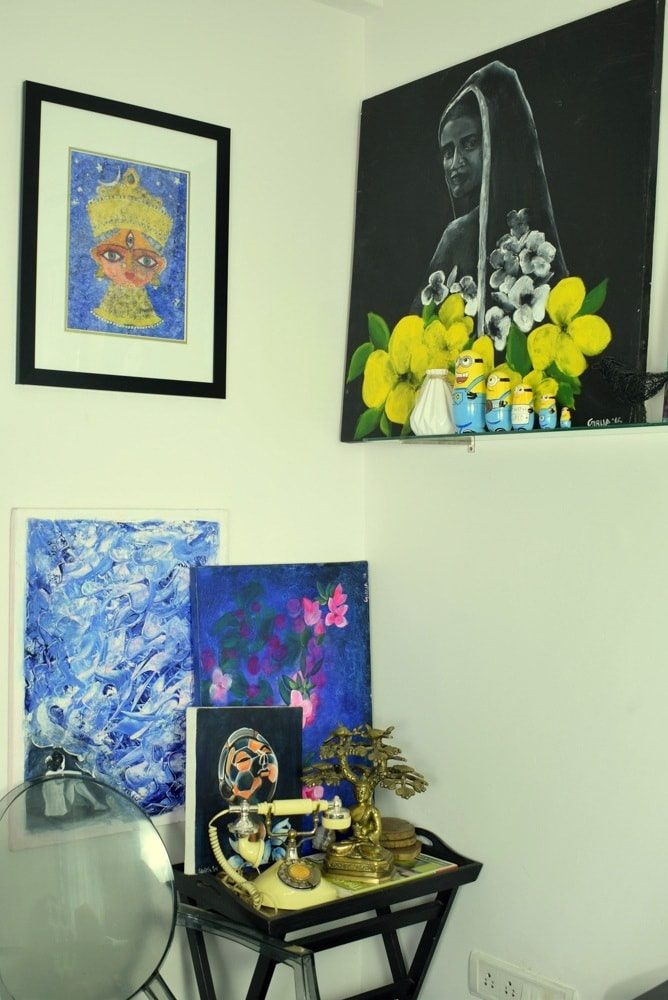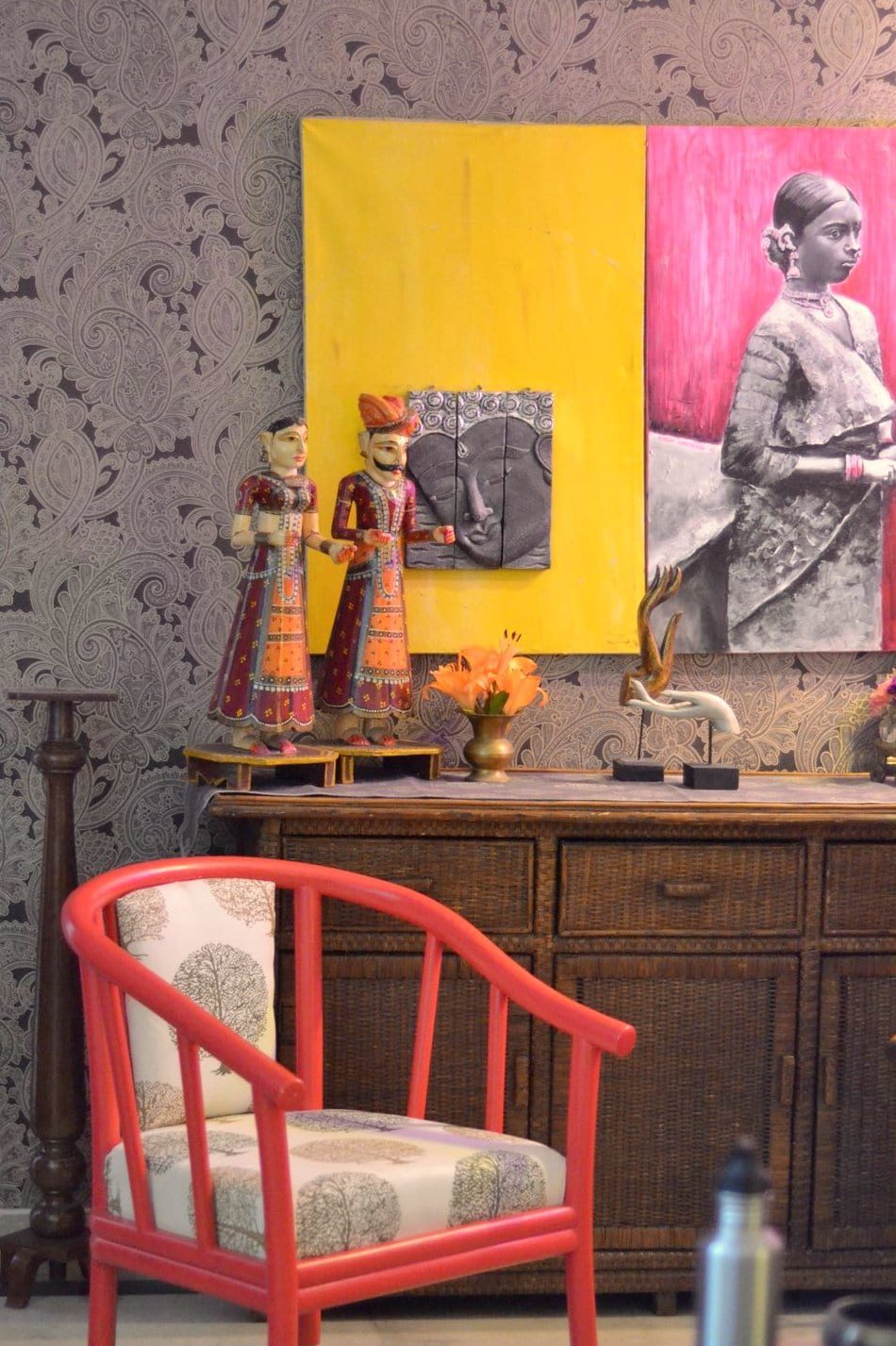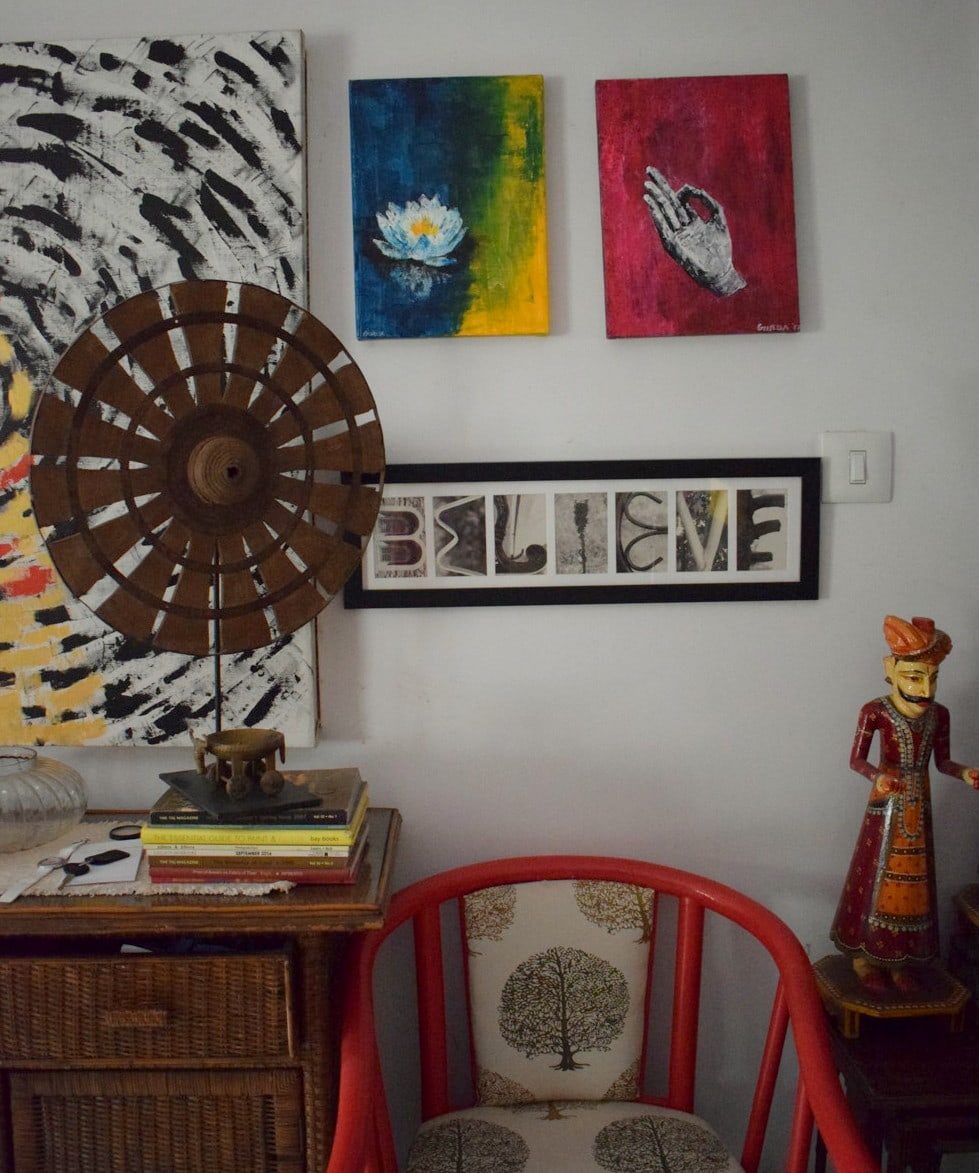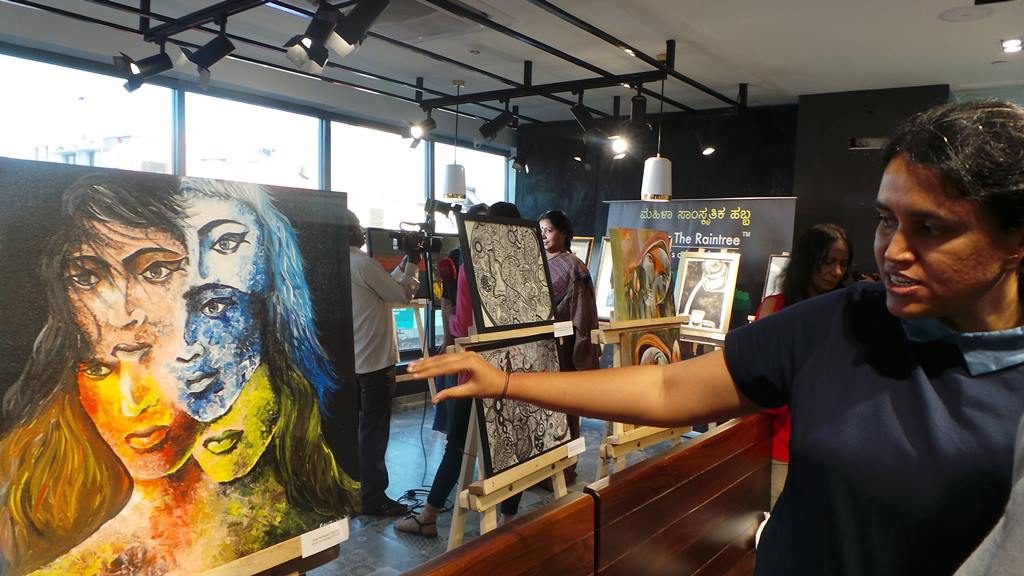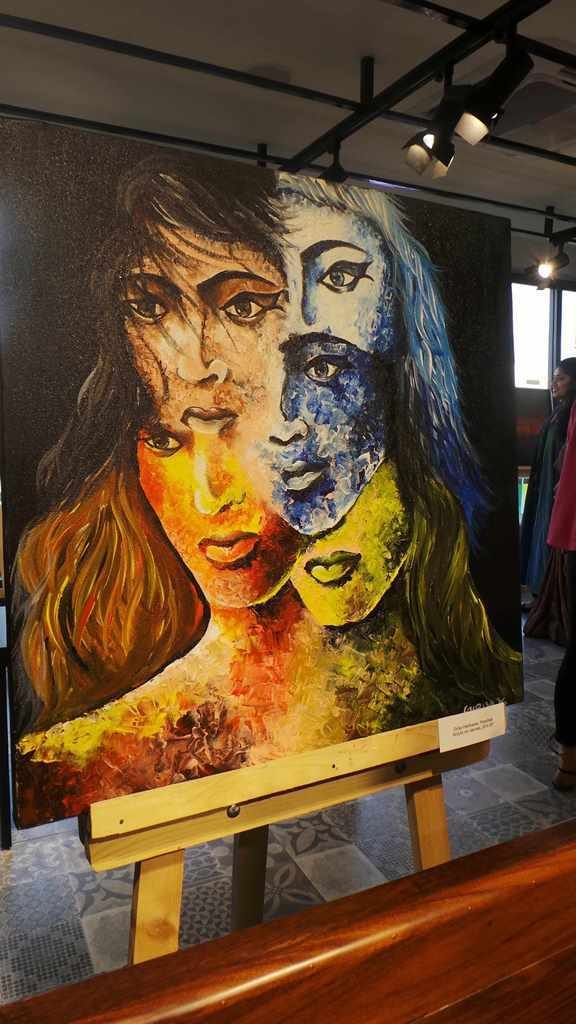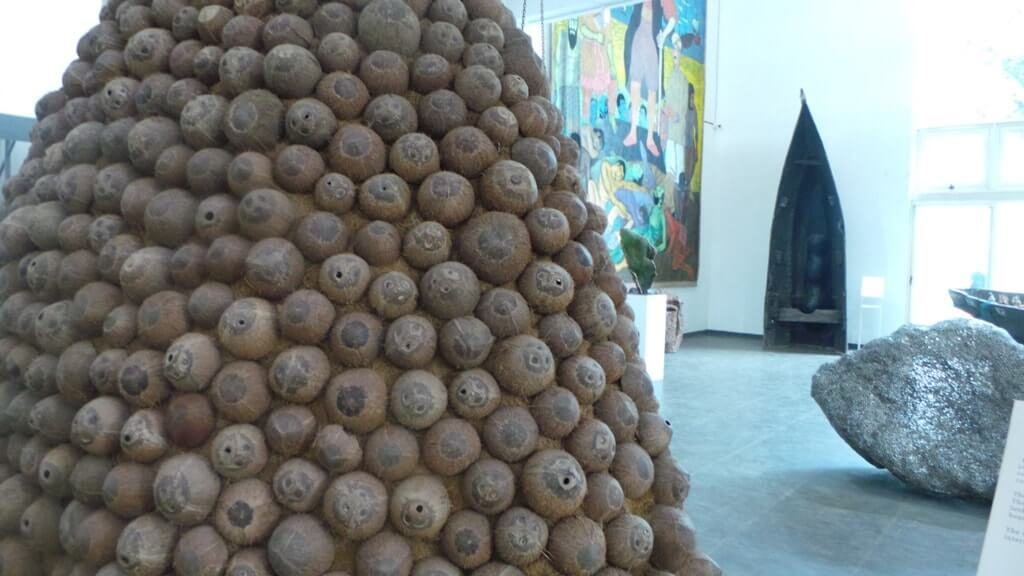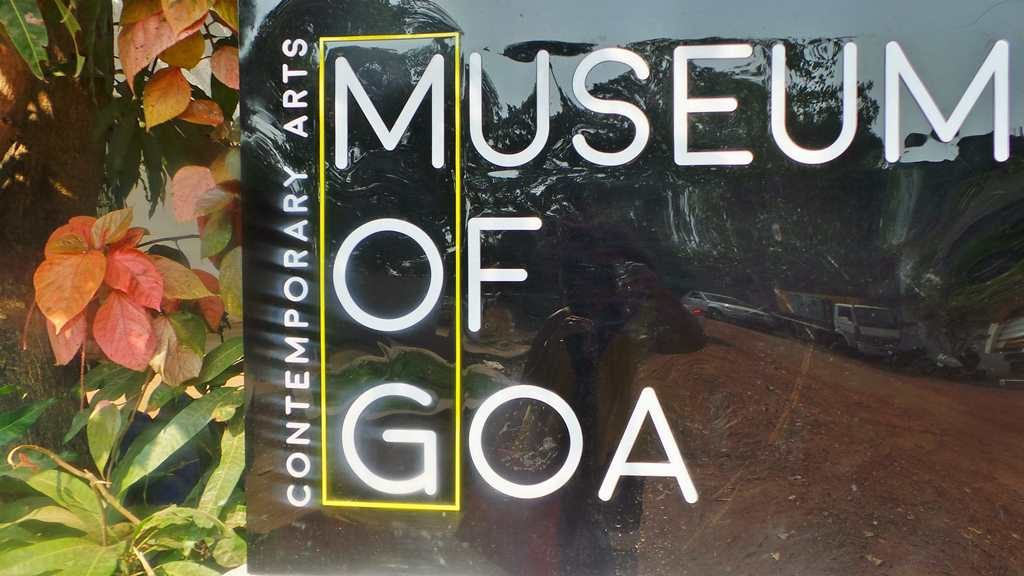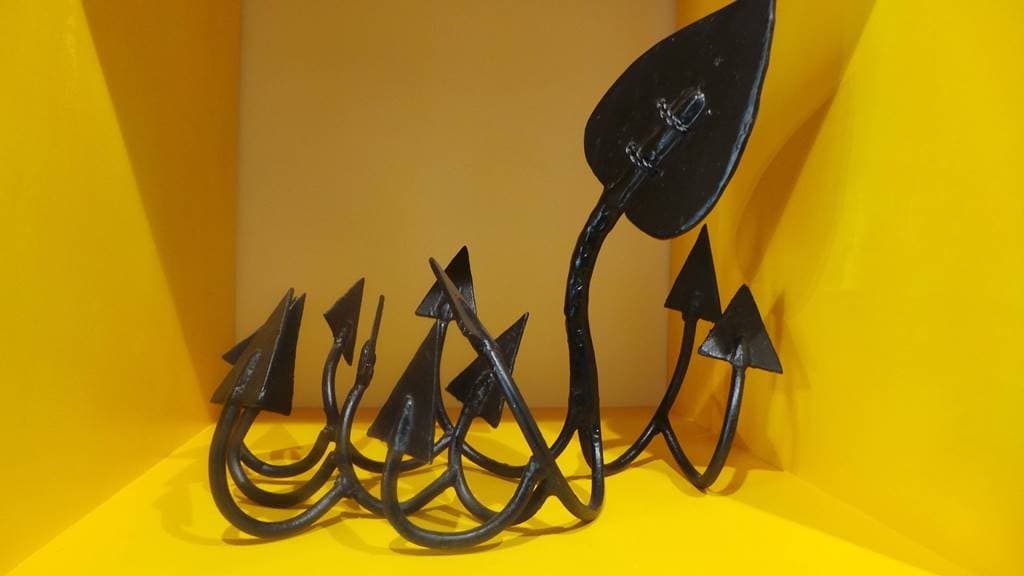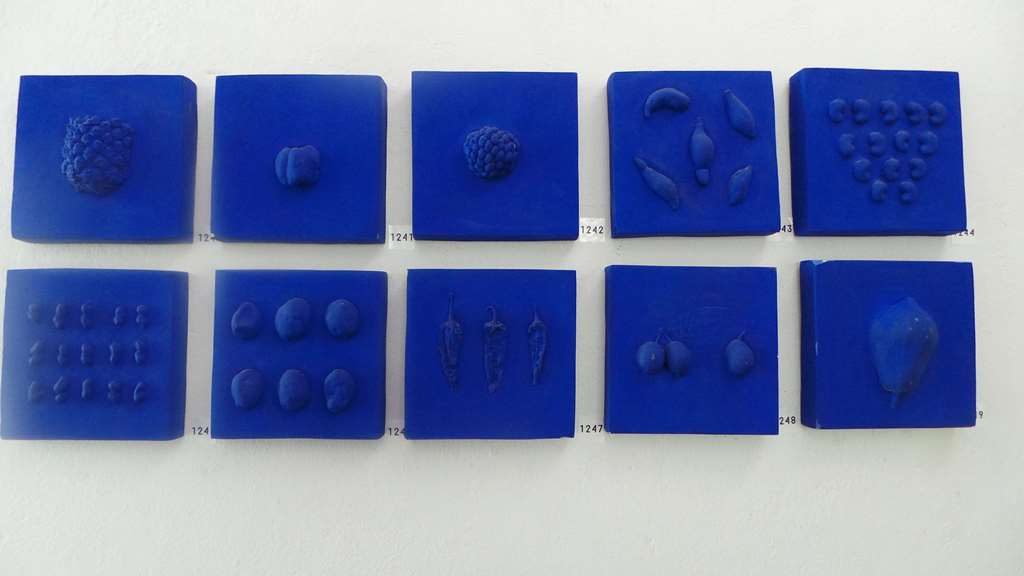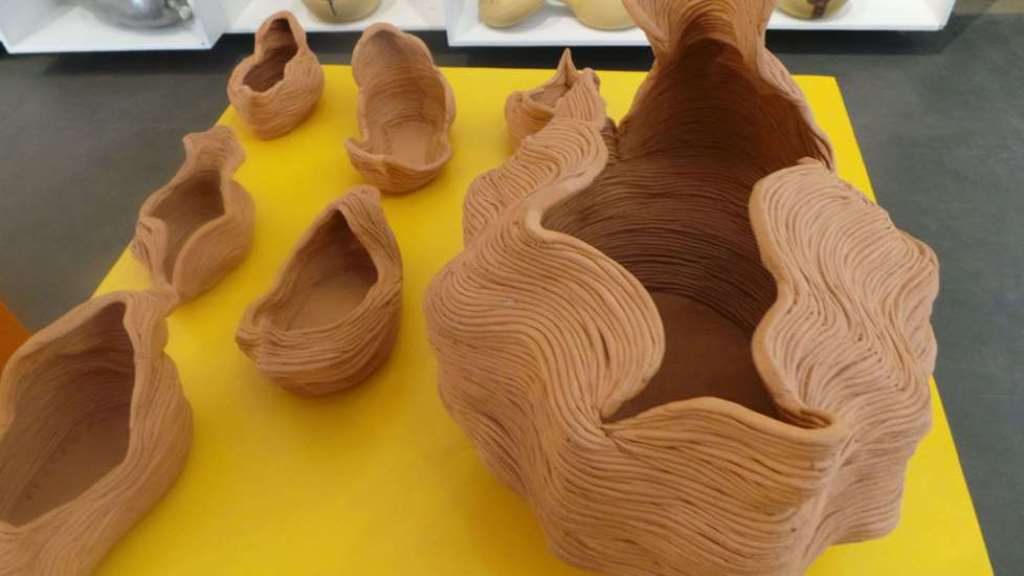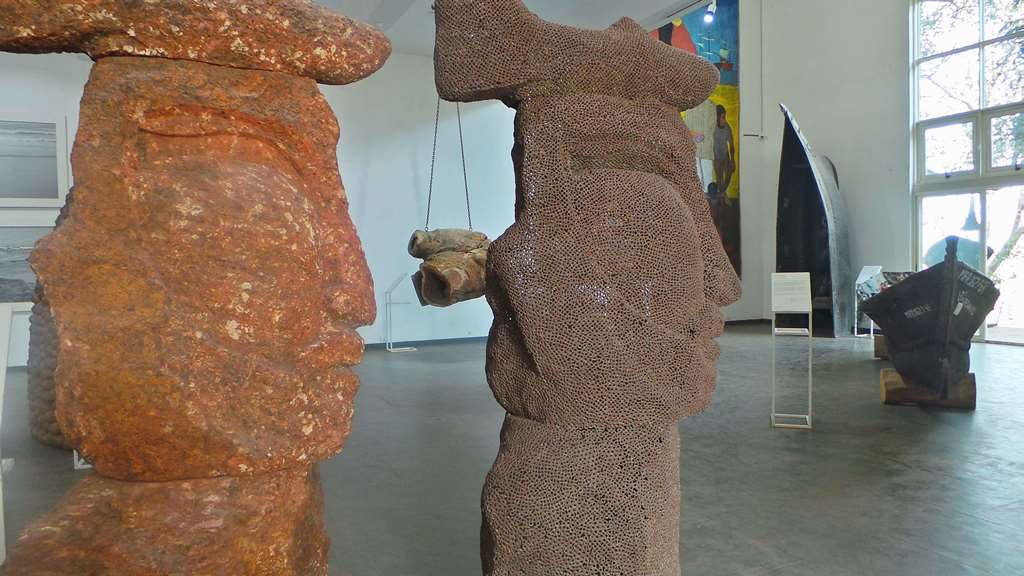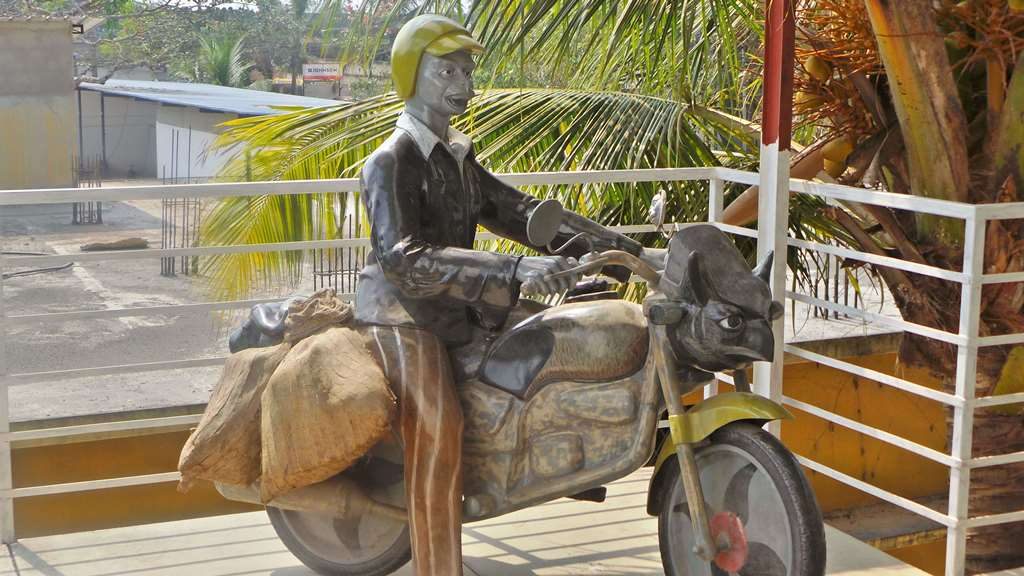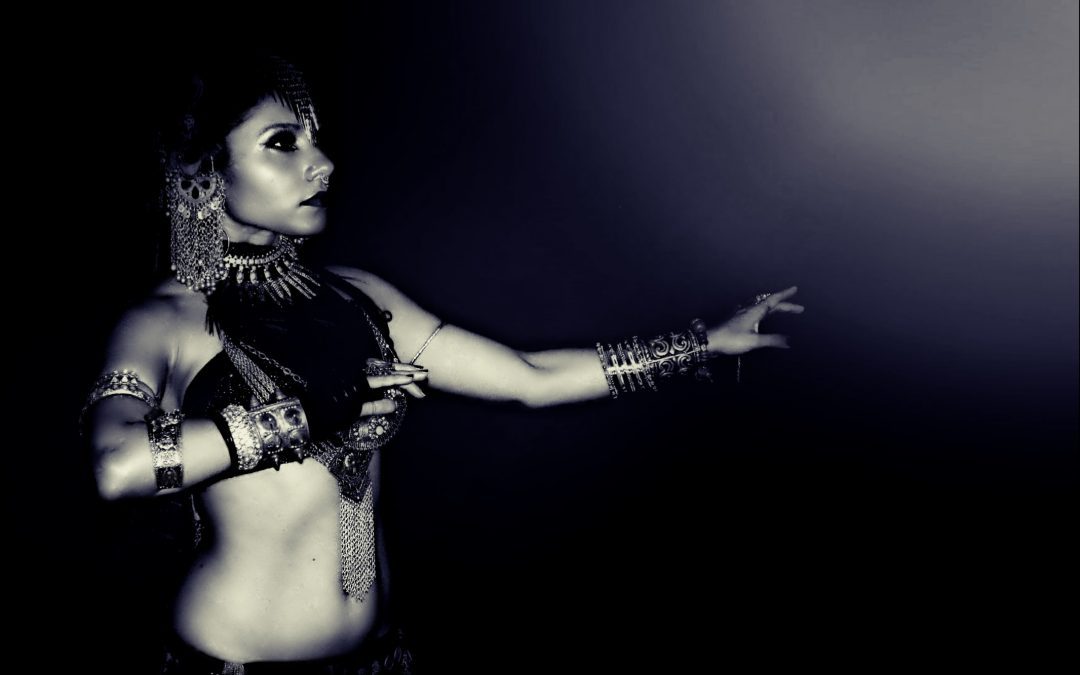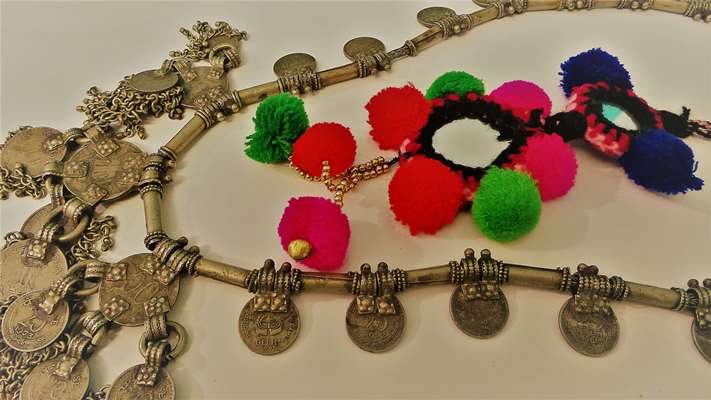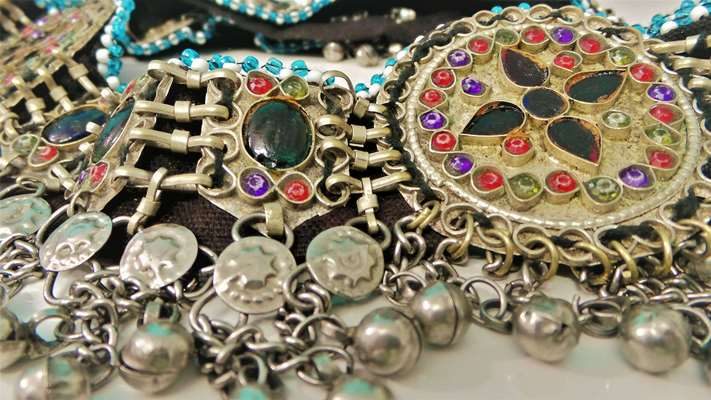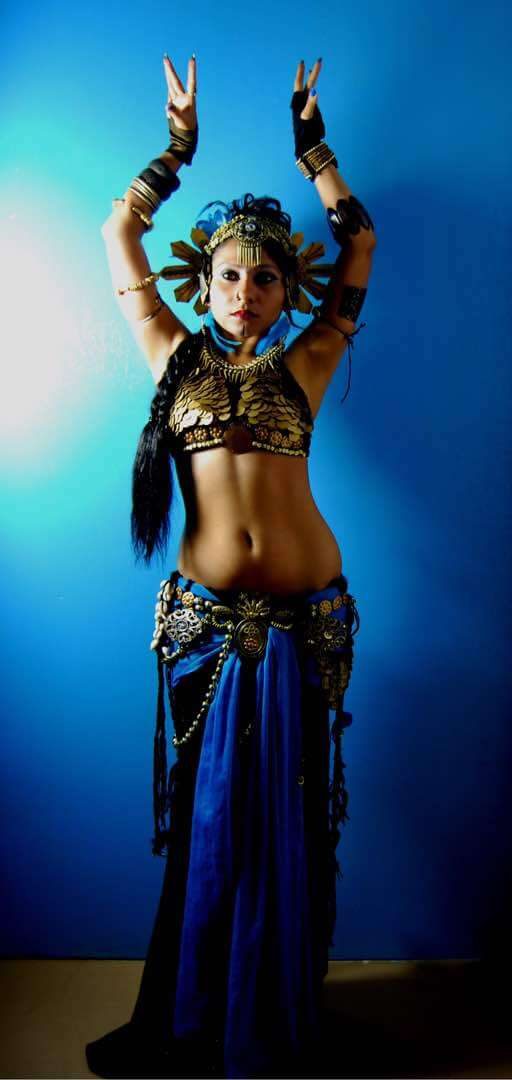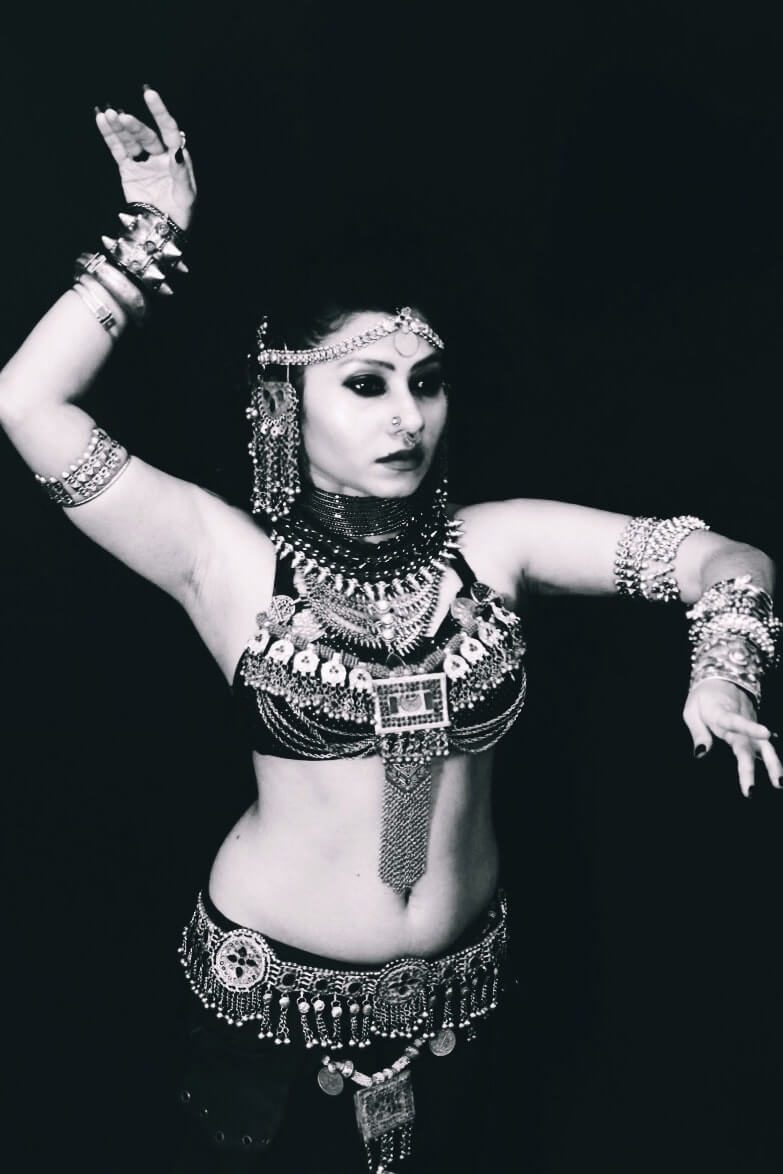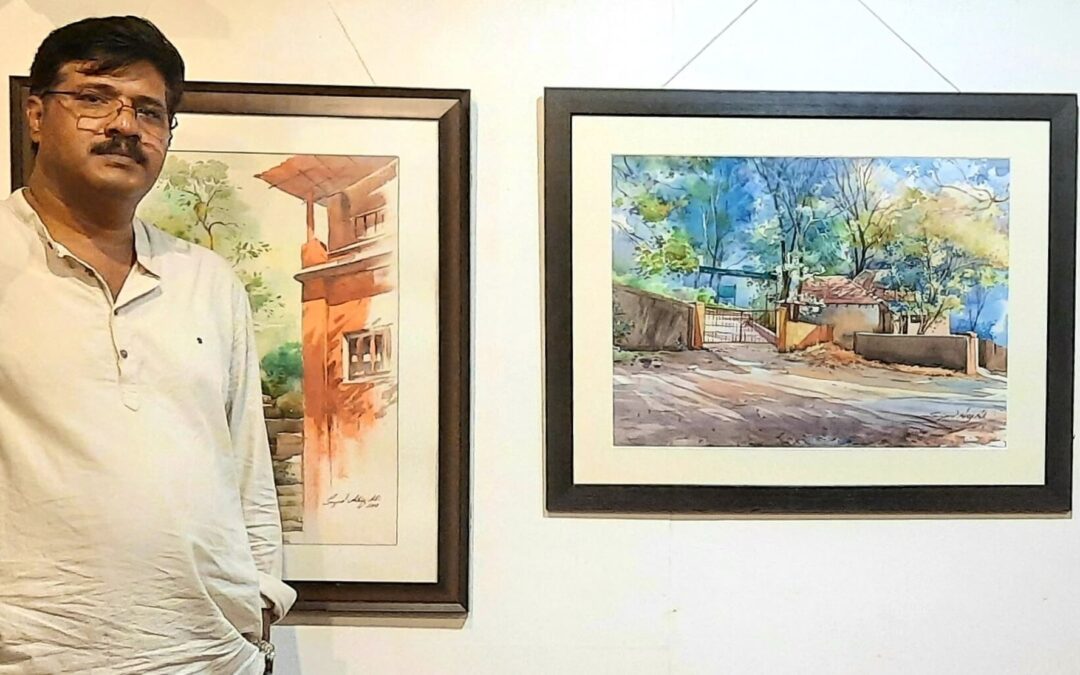
Artist & Teacher Syed Asif Ali
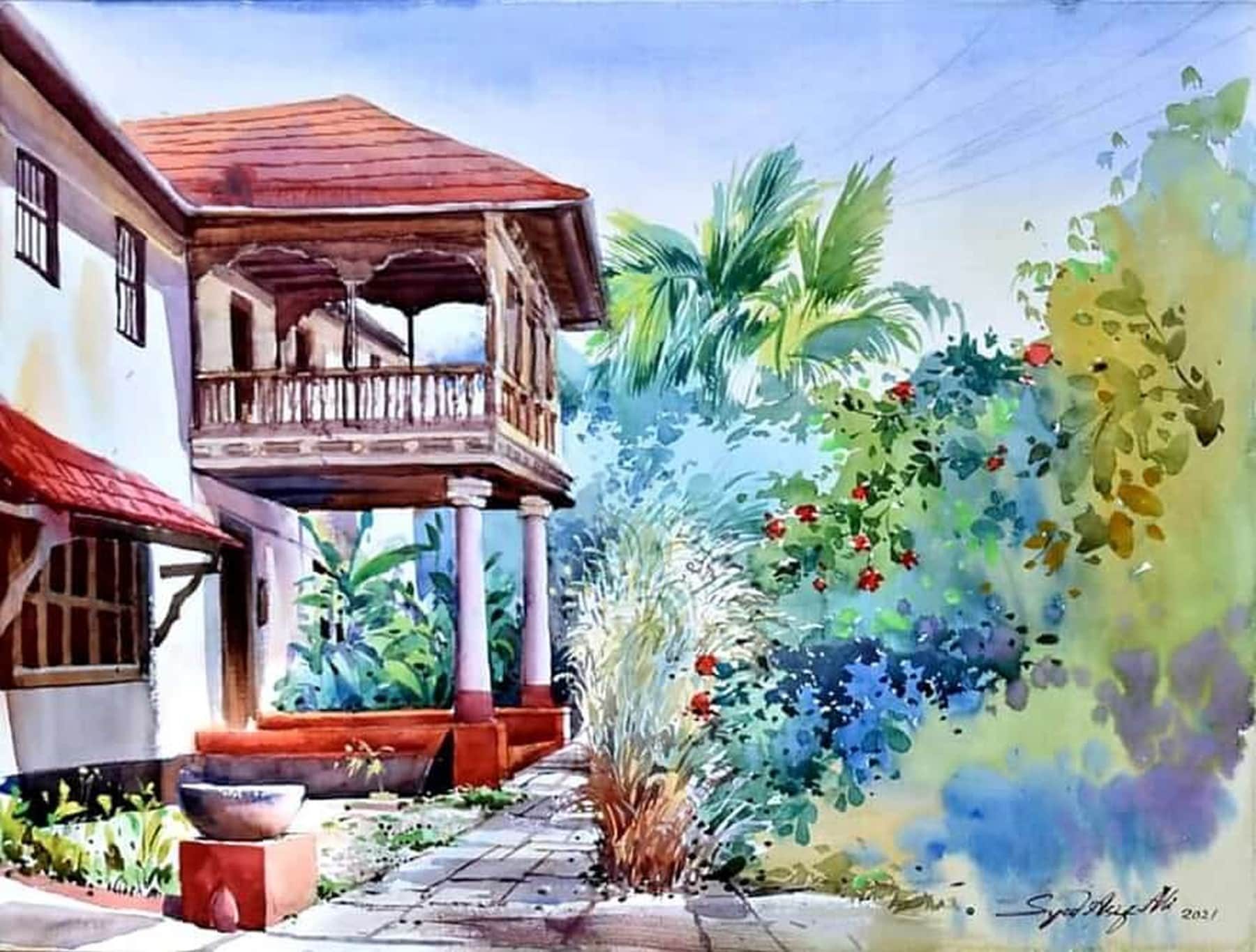
Growing up in the village of Molkalmuru, he was surrounded by skilled artisans and colors of silk sarees handwoven on primitive pit looms. These decorative forms from his childhood capturing nature, his skill in landscapes and portraits which won him accolades in his youth, all paved the way to forging his identity as an artist.
His love for his craft and strive for simplicity and excellence in his work comes through shining in his artwork.

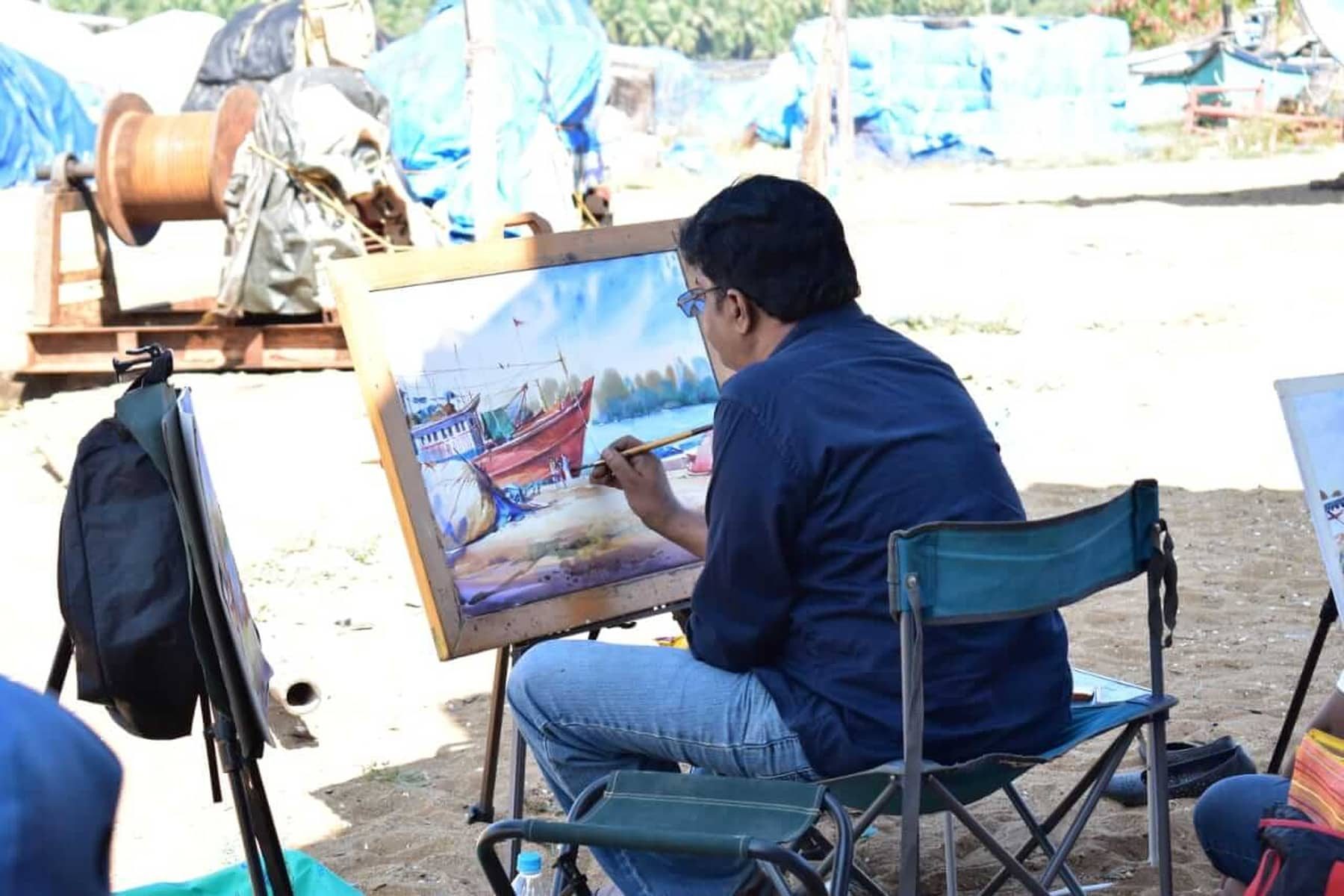
By age 11 in school, he would illustrate his subjects and notes, gaining popularity and recognition among teachers and peers. By this time, he had formed his own identity as an artist.
When he was in high school, he won a District level prize and was mentioned in the newspaper. This further motivated him, to make a name for himself in the field of art.
Grappling with financial issues, his only option was free education in a government organization. Mr. Syed fondly remembers his older brother, a Kannada Pandit, who guided him and helped him secure a seat in Ravindra Kala Niketan Art college in Tumkur in 1990. He opted for DMC (Drawing Master Course) which was a 2-year course and would allow him to be a drawing teacher in high school. The art education in college opened up the entire repertoire of art and the different mediums. Seeing his result after 2 years, he was allowed to continue his education. In his final year, based on his progress and talent, he was offered a position in Mahalasa College of Visual Arts in Mangalore. Though everyone resisted his move to join a private institution instead of a government position, Mr. Syed was motivated by the learning of art itself, and felt that a position in college would give him more of an immersive experience.


When I bring up his love for plein air paintings, he fondly remembers his jaunts as a student to Hampi. He laments that the group from college was huge – to the tune of 100s and they would end up wasting their time in mundane chores such as, firewood collection and cooking, rather than painting. Sleeping under the stars, they were like a huge family. Though fun, they could not paint as much as they would have liked. From their second year onwards, they formed a group of eight and decided to do plein air camps. Once they even did this for an entire month, in a village Ganjam near Srirangapatna. With meagre resources, this was a rich experience with healthy competition among themselves. Any holidays, they would go for plein air camps, practically living art. During the Mysore Dasara competitions, he was awarded every year for 5 years, in portrait and landscapes. He also got a Lalita Kala Academy scholarship award which helped him tide over the last 3 years of his education. He remembers his mother pledging her earrings for his education in the first year, but with the scholarship, his educational needs were taken care of.
The move from Tumkur to Mangalore was a turning point in his life and shaped his art in the following years. He was always attracted to watercolors as a medium. His watercolor art teacher Mallappa Halli was always enthusiastic and spirited to teach him the nuances. His work, especially plein air metamorphosed from the rocky arid terrain of Tumkur to lush greenery in Mangalore with coconut groves, seascapes and tiled homes. This was also the time he got married to Ms. Tanveer Kausar. His wife would always encourage him and wished to see him succeed as an artist. With sadness in his eyes, he recalls her unstinting support especially on the home front and with their children, before her untimely demise. Even today, as he works on a piece, he remembers her and dedicates his work to her memory.
Speaking of his experience as a lecturer in college, he attributes his own growth as an artist to his interactions with the students. In his words, “In order to teach them, I need to get better as an artist every day. This helps me have an immersive experience and my work gives me the greatest satisfaction.” Attracted to nature from the beginning, his work, be it naturalistic, realistic or contemporary the subject of the mother, female and nature is the running theme. Nature captures all the aspects of colors, tonal values, aesthetics and the life supporting aspects of nature call to him, as an artist and a nature enthusiast.
His advice to the upcoming artists, is to leave behind the profit and loss aspect of work. In his words, “Our work should do justice to the images that we dream of, our work should be a reflection of our imagination rather than external expectations. It should be motivated from within and our own aesthetic sense. Everything does not go as per plan, but we need to have a plan in place, and work with any and all the incidentals that happen along the way.”
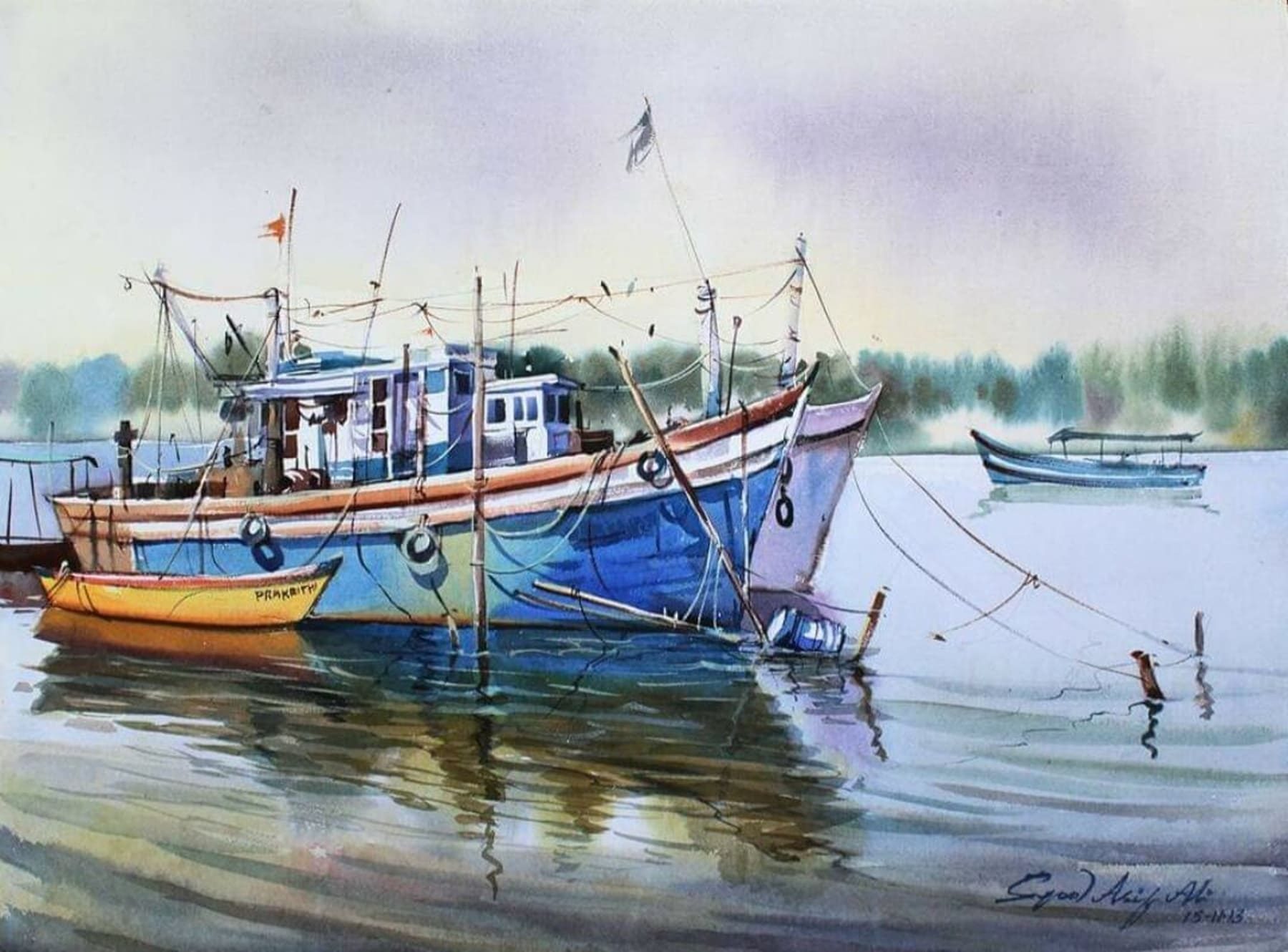
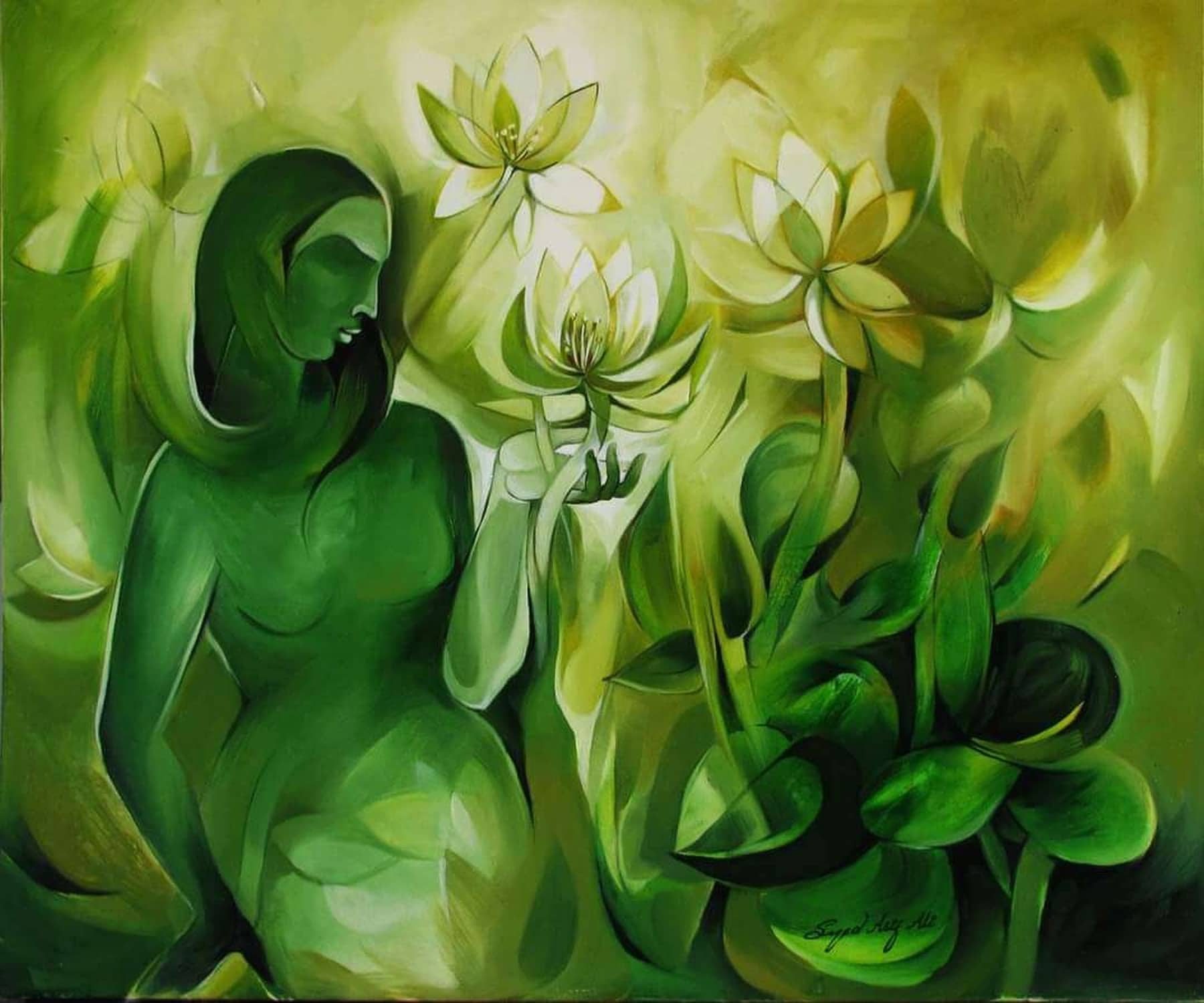
You can see more of his work on Instagram and also contact him for commissions or purchase of his work.
Twinkles until next time…
Anu

